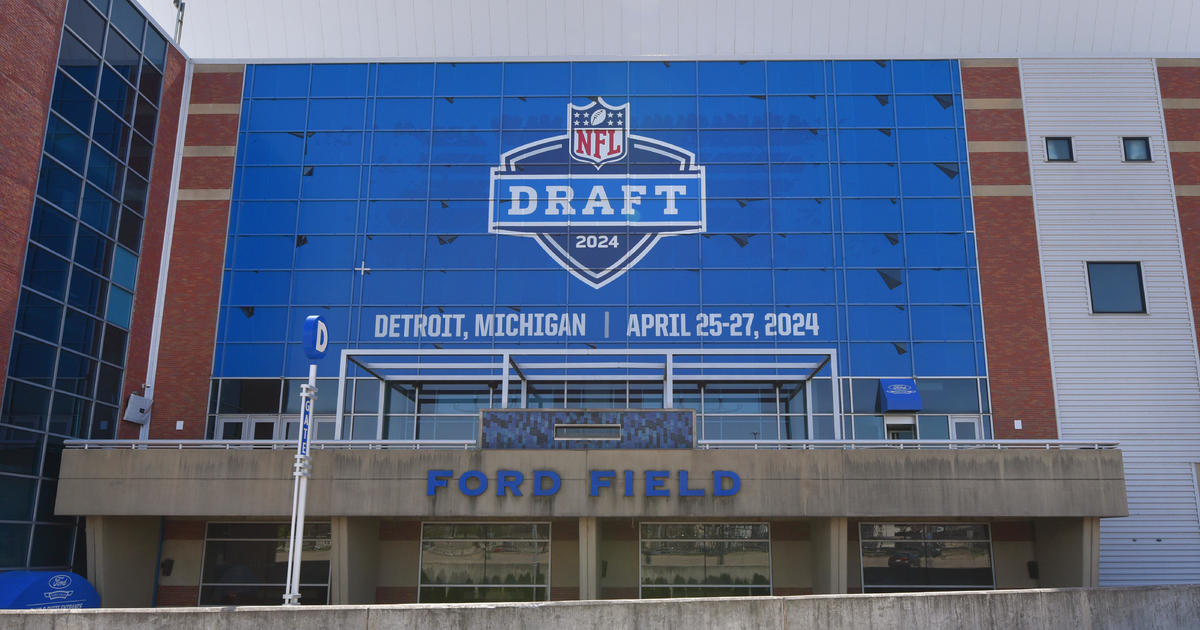UM Med School Researchers Set Record in NIH Funding: $368.7 Million
University of Michigan Medical School physicians and scientists earned more than $368.7 million in National Institutes of Health research funding in federal fiscal year 2010, according to NIH data. In all, the school's faculty brought in $481.8 million in research funding from all sources in UM fiscal year 2010.
The record-setting achievement cements the UM Medical School's position among the top 10 medical schools in the nation in terms of NIH grants awarded. In federal fiscal 2010, the school ranked ninth overall in NIH grants and fourth among medical schools affiliated with public universities.
The total UM Medical School NIH award amount comes from 866 different grants. They include research grants that directly support the cost of doing laboratory and clinical studies; clinical cooperative agreements that support multi-center studies of new medical treatments; training grants that fund the graduate students and postdoctoral fellows who play key roles on research teams while pursuing their education; career development awards that help launch young scientists' research; and core grants that support major UM medical research centers and institutes.
This year's funding will be used for numerous projects, including research into cancer treatments, heart disease, bone marrow transplants, diabetes, genetic variations in colorectal cancer, childhood liver disease, development of artificial lungs, depression, alcoholism, Alzheimer's disease and many, many more.
These funds, which researchers must compete for against peers from around the nation, enable UM scientists and physicians to continue to explore innovative approaches to understanding a wide array of questions germane to health and disease. The work they do with these dollars aims to improve quality of life for all Americans and serves as an economic engine for the region and an investment in our nation's future.
"This achievement reflects incredible effort by thousands of faculty, staff, trainees and students," said UM Medical School Dean James O. Woolliscroft, M.D. "Our success at securing these awards reflects the creativity, expertise and talent our researchers have been able to focus on the myriad health related problems facing our nation, and the potential impact of their ideas on medical care and scientific understanding of human disease."
Every dollar of funding brought in by UM researchers has an economic ripple effect through local spending by the scientists, staff and students whose salaries and research activities are funded by the grants, as well as the purchase of supplies and ancillary services provided by UM units and others who keep laboratories running.
According to the Association of American Medical Colleges, for every dollar directly spent by a medical school or teaching hospital, an additional $1.30 is "respent" on other businesses or individuals, resulting in a total impact of $2.30 per dollar. That means that as the $481.8 million in funds from all sources are spent over the next few years, they will have a net benefit on the economy of more than $1 billion.
In addition, UM medical research discoveries frequently lead to patents, technology transfer agreements with industry, and new startup life sciences companies. In UM fiscal year 2010, UM Medical School faculty disclosed 118 new inventions.
UM had multiple departments ranked in the top five funded specialty areas nationwide in this year's NIH funding: dermatology, emergency medicine, otolaryngology, pediatrics, surgery, physical medicine and rehabilitation, radiology, radiation oncology and internal medicine. An additional six departments were ranked in the top 10.
Of the total $368.7 million in NIH grants awarded to the Medical School in federal fiscal year 2010, $36.2 million were awarded through the federal stimulus package, known more formally as the American Recovery and Reinvestment Act.
Non-ARRA-related NIH grants for the School totaled $332.5 million, reflecting a significant increase in awards from NIH base appropriation funding over the prior year. NIH base appropriation funding is longer-term and generally provides more sustainable and predictable funding than ARRA research awards which are limited to two years of funding.
"In federal fiscal year 2010, our researchers continued to be successful in obtaining funding on the national stage," said UM Medical School Senior Associate Dean for Research Steven Kunkel. "In terms of base appropriations, our researchers garnered 2.88 percent of all non-ARRA-related NIH funding. This reflects an increase in market share for UM Medical School compared to the prior year and is further evidence of the skill, expertise, and innovativeness of our researchers."
NIH grants make up the vast majority of all research funds to the Medical School. But other funding sources are becoming increasingly important.
In all, UM Medical School research funding awards from all sources totaled $481.8 million in U-M fiscal year 2010, an increase of 10 percent from the prior year. In fiscal year 2010, funding from all federal government sources, including NIH, totaled $396.4 million. Funding from industry reached $43.3 million; non-profit organizations provided $33.2 million; state and local governments provided $1.7 million; and other sources contributed $6.7 million.
In addition to tracking NIH awards by federal fiscal year, the Medical School also tracks sponsored expenditures by year -- a measure of how the awarded dollars are actually spent during the fiscal year. In U-M fiscal year 2010, Medical School research expenditures for all types of sponsors totaled $435.5 million, an increase of 15.7 percent over the prior fiscal year and the largest increase in recent years at the U-M Medical School.
The NIH data is available at http://report.nih.gov/award/state/state.cfm.



